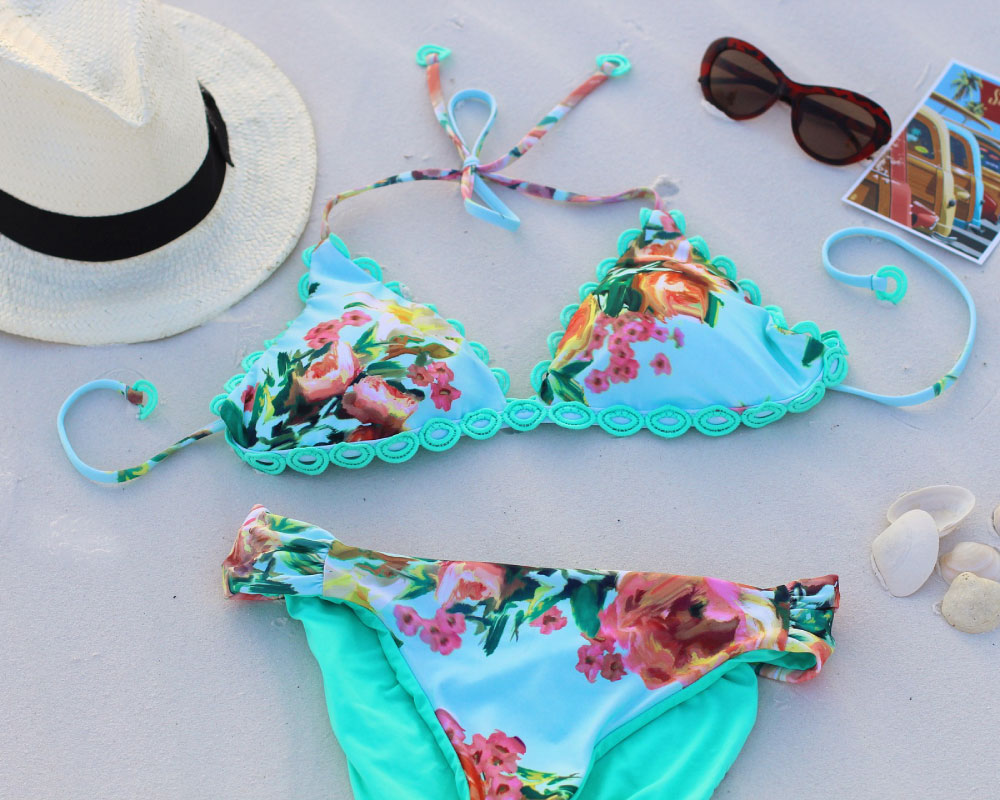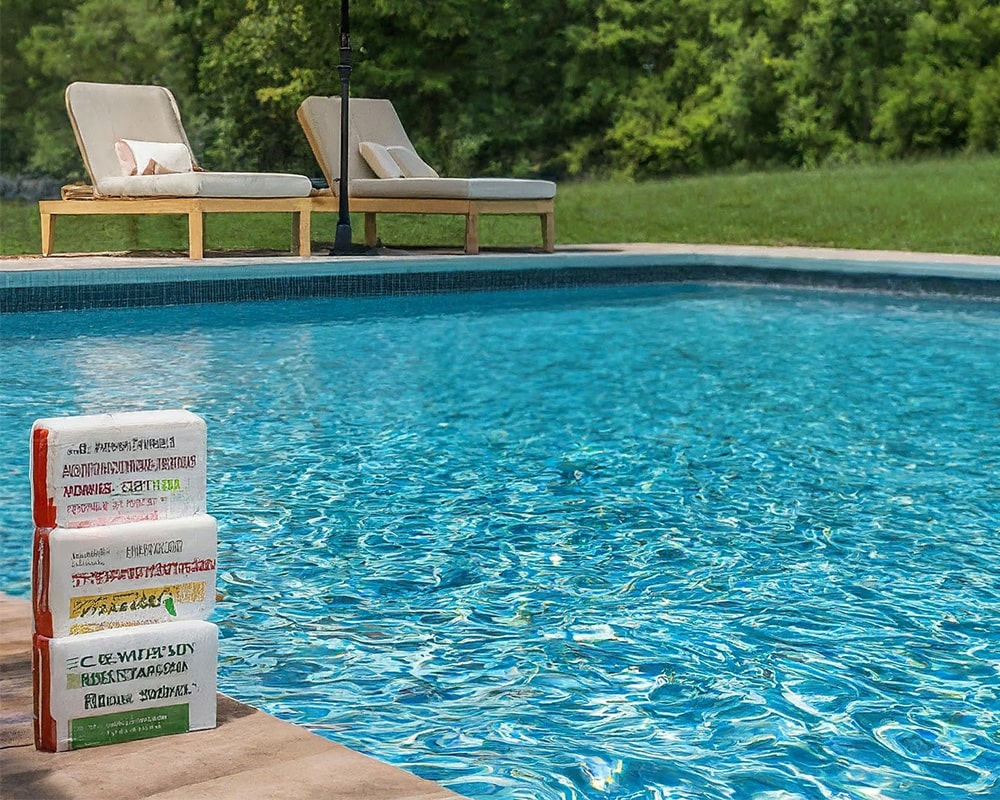Protecting Swimsuits from Chlorine
Posted: February 25, 2022
Have you ever found that perfect swimsuit that fits well, you love the colors and patterns, makes you feel confident, and then chlorine happens? Chlorine from pools and spas can strip those fun colors, break down the elasticity, and not look quite like how you bought it.
Damage happens largely because suits are made of Spandex or other stretchy fabrics — materials that can react badly to hot tub chemicals or the heat of the sun. The fabric that makes them cling just right to your body makes them vulnerable to heat and harsh chemicals.
Here are some tips for keeping your favorite swimsuit looking like new:
Pretreat Your Bathing Suit
Before wearing a new swimsuit for the first time, treat it in a mixture of water and vinegar to seal in the colors. Mix 1-2 tablespoons of vinegar with a quart of cool water and let your swimsuit soak in it for 20 to 30 minutes. The cold water will help the vinegar penetrate the fabric, sealing in the color.
Shower Before Swimming
Fabrics absorb and retain the most water when they first get wet. While wearing your swimsuit, shower before getting in the pool or hot tub and make sure your swimsuit is thoroughly wet. This will ensure that the fabric absorbs fresh water and prevents it from soaking up too much chlorine.
Keep Cool
Hot water is bad for swimwear. Never wash your bathing suit in hot water, and avoid too many dips in the hot tub with a favorite suit. Hot tub daily? Reserve one suit just for the hot tub and make it your cheapest suit!
Rinse the Bathing Suit in Cold Water
Whether you were on the beach or at a swimming pool, immediately rinse your suit to remove as much chlorine or salt spray as possible. Suits need a rinse even after sunbathing as sunblock and the body’s oils can do damage.
Gently Wash the Suit by Hand Washing
Machines agitate all the delicate parts (like the cups, padding, ties, etc.). All this movement can damage a delicate suit, leaving things bunched, stretched, or otherwise ill-fitting. Wash your suit immediately when you get home. Fill a sink basin with clean, cold water. Warm or hot water opens up the fibers of the fabric, causing it to fade faster. Submerge your swimsuit and add a detergent meant for delicates. A standard laundry detergent is too harsh. Gently plunge the swimsuit into the water and rub the fabric together.
Thoroughly Rinse the Swimsuit
After draining the water from the sink, rinse your bathing suit under the faucet with cold water. Rinse until the water runs clear and no detergent residue remains. If you have a two-piece swimsuit, rinse each piece separately to ensure thorough rinsing. Even mild detergents can damage fabric if not thoroughly rinsed.
Let Your Suit Drip-Dry
Do not put your swimsuit in the dryer. Open a window or turn on a fan to speed up drying. If your bathing suit has molded bra cups that absorb a lot of water, gently squeeze out excess moisture before you hang the suit to dry. Resist the urge to wring out every last drop of water, however. Doing so can damage, leaving your suit sagging in all the wrong places. Hanging a swimsuit (especially by the ties) can stretch it out, too. Instead, lay the suit out on a towel, roll the towel up and squeeze gently, then lay your swimsuit out to dry. Avoid drying it in sunshine, which can fade the color. Always dry the suit out completely before putting it away.
Rotate Suits
Spandex is a “memory fabric,” meaning it needs a full day to snap back to its usual position. If you’re on vacation or wearing bathing suits often, it’s essential to have more than one, so that each suit has 24 hours to bounce back (not to mention time to wash and dry it completely).
Three things cause a bathing suit to fade faster than anything else: chlorine, strong detergents, and sunlight. Any of these alone will cause fading, but when all three are combined, your swimsuit has little chance of retaining its brilliant color. Both chlorine and sunlight can bleach fabrics, and strong detergents can break down color in fabrics, resulting in color loss over time. By following these steps, you can keep a bathing suit from fading, which in turn helps it last season after season.



